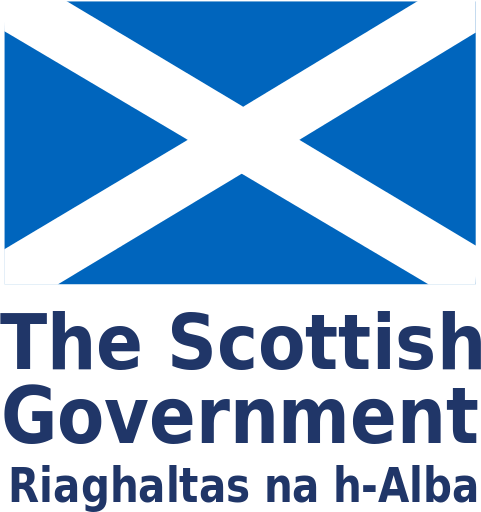Hyperglycaemia in acute stroke: Hyperglycaemia, using a plasma blood cut off of >7mmol/L, occurs in about 43% of acute stroke patients and is associated with poor outcomes (Burton et al, 2019). All stroke patients should have capillary blood glucose (CBG/BM) and glycated haemoglobin (HbA1c) tests taken on admission to hospital.
In patients who present with hyperglycaemia after acute stroke it is important to establish whether they have:
- stress response raised glucose,
- impaired glucose tolerance
- or diabetes.
Diagnosis of diabetes will involve laboratory blood glucose measurements plus or minus symptoms of hyperglycaemia (such as excessive thirst, polyuria, nocturia, fatigue).
HbA1c Test
Glycated haemoglobin (HbA1c test) identifies plasma glucose concentration and provides an indication on how high glucose levels have been over a period of time. A HbA1c level of ≥48mmol/mol (≥6.5%) is the cut off point for diagnosing diabetes (World Health Organisation, 2011). In patients without symptoms of diabetes the HbA1c test should be repeated. In patients with symptoms, but HbA1c level of <48mmol/mol (<6.5%) or clinically at high risk of diabetes should have additional plasma glucose tests (WHO, 2011).
Glycated haemoglobin (HbA1c) range
- HbA1c of 48 mmol/mol (6.5%) or over: Diabetes.
- HbA1c between 42 and 47 mmol/mol (6.0–6.4%): Impaired glucose regulation or prediabetes.
- HbA1c below 42 mmol/mol (6.0%): Not diabetes. Please note that there can be slight variations to these ranges. Follow your local lab ranges/guidance.
Random and Fasting blood glucose tests
A random venous plasma glucose test of ≥11.1mmol/L (>200 mg/dl) and fasting plasma glucose level of ≥7.0mmol/L (>126 mg/dl) may indicate diabetes especially if there are symptoms present (WHO, 2006).
There are different cut-off levels of impaired fasting glucose (IFG). The WHO (2006) uses the cut off of 6.1mmol/L, whereas the American Diabetes Association (2010) uses 5.6 mmol/L, which results in issues of reporting IFG in stroke trials (Mijajlović et al, 2017)
Oral Glucose Tolerance Test (performed after the acute phase)
Patients with impaired glucose tolerance, a state of impaired glucose regulation indicates an increased risk of future diabetes, and Oral Glucose Tolerance Test (OGTT) may help in diagnosis of pre-diabetes, gestational diabetes, insulin resistance and reactive hypoglycaemia.
Patients are required to fast for 8-12 hours prior to the test. A fasting blood glucose sample is taken prior to given a single dose of 75g oral glucose in water and then a further blood glucose sample is taken after 2 hours. In patients with impaired glucose tolerance (IGT) at 2 hours the plasma glucose will be ≥7.9mmol/L and diabetes ≥11.1mmol/L.
Glycaemic control in acute stroke
There is a lack of evidence to support the maintenance of normoglycaemia to improve outcomes in the first 24 hours after acute stroke (Bellolio et al, 2014). Intensive glucose control is not recommended to improve outcomes in patients with acute stroke, therefore intervention may only be required when blood glucose is very high (Johnston et al, 2019, Fuentes et al, 2018). The management of stroke patients with established diabetes should follow established protocols (NICE, 2017).
References:
American Diabetes Association (ADA) (2010) Position statement: diagnosis and classification of diabetes mellitus. Diabetes Care. 33(Suppl 1):S62–S69.
Bellolio MF, Gilmore RM, Ganti L. (2014) Insulin for glycaemic control in acute ischaemic stroke. Cochrane Database Syst Rev. 2014 Jan 23;(1):CD005346. doi: 10.1002/14651858.CD005346.pub4. PMID: 24453023.
Burton J.K., Quinn T.J. Fisher M. (2019) Diabetes and Stroke. Practical Diabetes 36(4): 126-131 https://doi.org/10.1002/pdi.2230
Fuentes, B., Ntaios, G., Putaala, J., Thomas, B., Turc, G., Díez-Tejedor, E., European Stroke Organisation (2018). European Stroke Organisation (ESO) guidelines on glycaemia management in acute stroke. European stroke journal, 3(1), 5–21. https://doi.org/10.1177/2396987317742065
Johnston KC, Bruno A, Pauls Q, et al. for the Neurological Emergencies Treatment Trials Network and the SHINE Trial Investigators (2019) Intensive vs standard treatment of hyperglycemia and functional outcome in patients with acute ischemic stroke: The SHINE Randomized Clinical Trial. Journal of the American Medical Association 322(4):326–335. doi:10.1001/jama.2019.934
Mijajlović, M. D., Aleksić, V. M., Šternić, N. M., Mirković, M. M., & Bornstein, N. M. (2017). Role of prediabetes in stroke. Neuropsychiatric disease and treatment, 13, 259–267. https://doi.org/10.2147/NDT.S128807
National Institute for Health and Care Excellence. (2015, updated 2019). Type 2 diabetes in adults: management NICE guideline [NG28] https://www.nice.org.uk/guidance/ng28
National Institute for Health and Care Excellence (2019) Stroke and transient ischaemic attack in over 16s: diagnosis and initial management. [NICE Guideline 128] https://www.nice.org.uk/guidance/ng128
World Health Organisation (2006) Definition and Diagnosis of Diabetes Mellitus and Intermediate Hyperglycaemia WHO Geneva Switzerland
World Health Organisation (2011) Use of glycated aemoglobin (HbA1c) in the diagnosis of diabetes mellitis. WHO Geneva Switzerland



